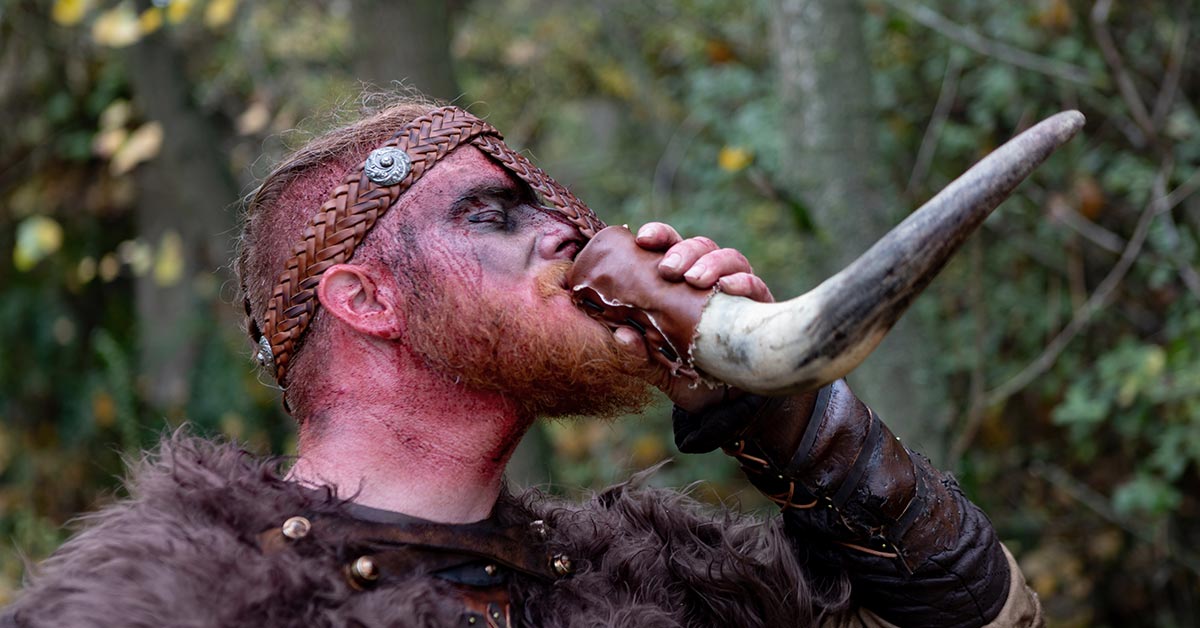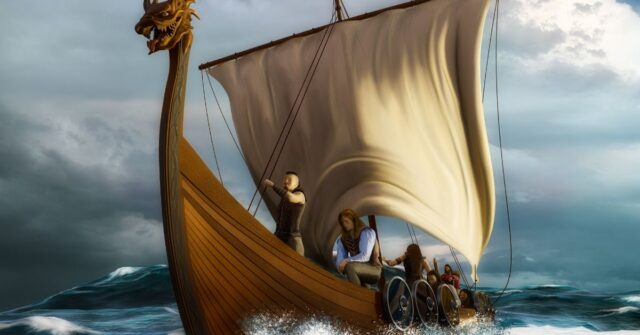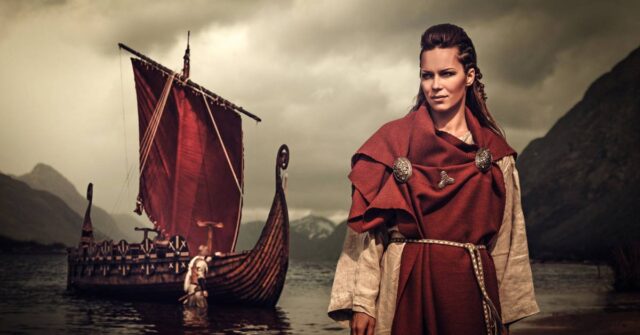Welcome aboard our longship as we embark on a journey back in time to explore the drinking habits of the Vikings.
Forget the horned helmets Hollywood loves; let’s dive into the real liquid history that fueled these legendary Norse explorers, warriors, and poets.
Introduction to Viking Culture and Daily Life
The Vikings, known for their formidable raids and exploration, had a daily life deeply intertwined with nature and the seasons.
Their survival and prosperity depended on a keen understanding of their environment, which included what they ate and drank.
The Role of Beverages in Viking Society
Drinks were more than just thirst quenchers for the Vikings; they were central to their social rituals, religious ceremonies, and nutritional intake.
From high feasts in the halls of Jarls to the humble farmer’s table, what Vikings drank wove together their community fabric.
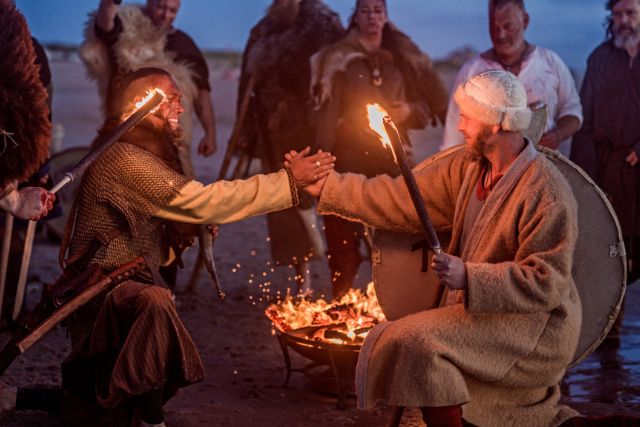
Understanding Viking Era and Geography
The Viking Age, from the late 8th to the early 11th century, stretched across cold northern landscapes.
From the fjords of Norway to the shores of North America, the geography influenced the Vikings’ dietary options, including their drinks.
The Basis of Viking Beverages: Water
Water was the lifeblood of the Viking age, essential for survival but not always safe to drink. Let’s plunge into how Vikings sourced and stored their most vital drink.
Source and Purity of Drinking Water
Vikings primarily relied on fresh spring water, known for its purity. They were aware of the dangers of contaminated water, often preferring to drink from running streams and springs.
Water Storage and Transportation Methods
For voyages or in settlements where fresh water wasn’t readily available, Vikings stored water in wooden barrels.
These barrels were a vital part of their longships, ensuring sailors stayed hydrated across their long voyages.
Alcoholic Beverages: Mead, Ale, and More
Now, let’s get to the really interesting part: the alcoholic concoctions that were not just drinks but symbols of divine favor and societal bonds.
Mead: The Nectar of the Gods
Mead, often hailed as the drink of the gods, held a sacred place in Viking culture. This fermented drink made from honey was a luxury, savored during special occasions and rituals.
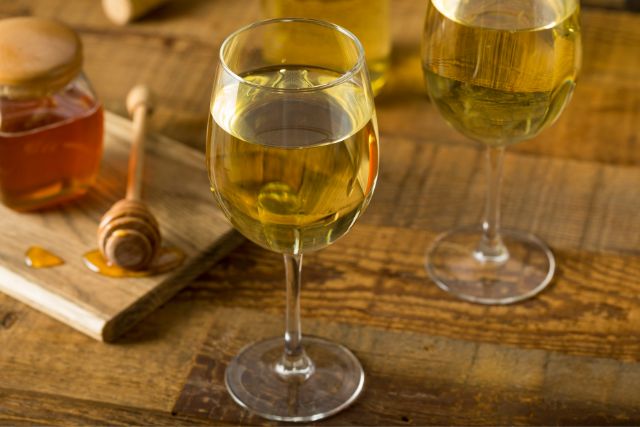
Ingredients and Brewing Process
Mead’s sweetness varied with the quality of the honey used, which in turn depended on the flowers available.
The fermentation process was a careful balance of water, honey, and sometimes fruits or herbs, left to brew in large pots or wooden casks.
Cultural Significance and Mythology
Mead was so revered that it was believed to be a conduit to the divine, with the myth of the Mead of Poetry describing how it could bestow the gift of poetry and wisdom on those who drank it.
Ale: The Everyday Drink
While mead was for special occasions, ale was the everyday beverage, brewed from barley or other grains available.
It was a staple in the Viking diet, consumed by everyone from the youngest to the oldest in society.
Brewing Techniques and Ingredients
The brewing process for ale was a simpler affair than mead but no less important.
Local grains, water, and yeast (often from the baker’s yeast) were combined and left to ferment, creating a nutritious, albeit slightly alcoholic, drink.
The Social Role of Ale in Viking Gatherings
Ale was more than just a drink; it was a reason for gathering. Whether in the longhouse or during seasonal festivals, sharing a pitcher of ale reinforced social bonds and community spirit.
Other Alcoholic Beverages
Though mead and ale dominate our imaginations, the Vikings were no strangers to other alcoholic delights.
This included imported wines and perhaps even early forms of distilled spirits, though these were rare and highly prized.
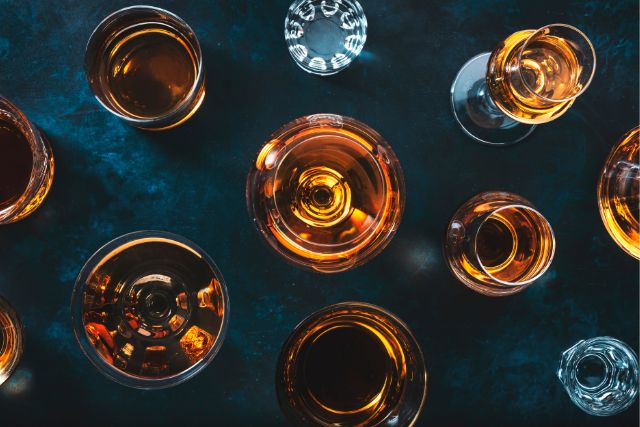
Imported and Locally Produced Wines
Trade with the wider world brought wine from as far as the Mediterranean to Viking tables, though it was a luxury few could afford.
In the lands where grapes could grow, such as in parts of Denmark and Sweden, the Vikings experimented with their own wine production.
Distilled Spirits: An Anachronism?
While there’s no concrete evidence that Vikings distilled spirits, the possibility of early distillation experiments can’t be entirely dismissed.
These would have been the precursors to the aquavits of Scandinavian fame.
Non-Alcoholic Beverages
Not all Viking beverages would leave you with a hangover. Let’s look at what else was brewing in the Viking kitchen.
Milk and Its Derivatives
Milk, from cows, goats, or sheep, was a crucial part of the Viking diet, often consumed fresh or used to make cheese and butter.
Fermented milk products like skyr were also popular for their longer shelf life and tangy flavor.
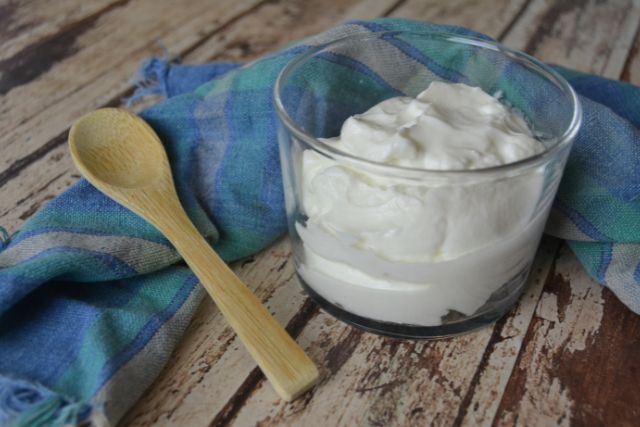
From Cow to Goat: The Variety of Milk
The type of milk consumed often depended on the region and what animals were available. Goats and sheep thrived in harsher climates, providing milk where cows could not.
Soured and Fermented Milk Drinks
Fermented milk drinks were a clever way to preserve milk. Skyr, a thick, yogurt-like product, and other soured milk drinks were valued for their digestive benefits and as a source of nutrition.
Fruit Juices and Herbal Teas
When fruits were in season, Vikings made juices from berries and apples.
Herbal teas, made from birch leaves, nettles, or other local herbs, were consumed for their health benefits and as a source of warmth during the cold months.
Seasonal Fruits and Their Uses
Berries and apples were the most common fruits, used fresh, dried, or fermented into drinks. These natural sweets were a welcome change from the Vikings’ meat-heavy diet.
Herbal Infusions: Ingredients and Benefits
Herbal teas were not just for warmth; they also played a role in Viking medicine.
Herbs were chosen for their supposed healing properties, offering relief from various ailments or simply serving as a comforting brew.
Trade and Influence: The Impact on Viking Drinks
The Vikings’ extensive trade networks had a significant impact on their drinking culture, introducing new flavors and techniques.
Trade Routes and Their Beverages
Through their voyages, Vikings encountered peoples from across Europe and even the Middle East, trading goods and, inevitably, beverage ideas.
This exchange enriched Viking drinking traditions with new flavors and ingredients.
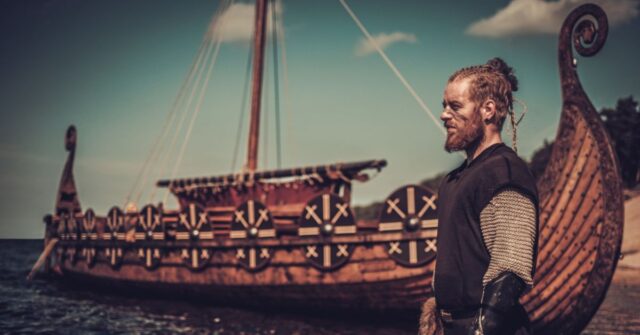
The Introduction of Foreign Ingredients
Spices, wines, and brewing techniques from abroad found their way into Viking kitchens, adding diversity to their palates.
This blend of local and foreign influences exemplifies the adaptive nature of Viking culture.
Feasting and Festivities: The Role of Drinks
Drinks were the life of the party at Viking gatherings, where feasting and toasting to the gods were central to the celebration.
Seasonal Feasts and Celebratory Drinks
Seasonal celebrations, such as the midwinter Yule, were marked by extravagant feasts where special brews and imported wines made rare appearances, highlighting the festive atmosphere.
Rituals and Toasts: The Spiritual Aspect of Drinking
Toasts and drinking rituals were integral to Viking feasts, serving as a bridge between the earthly and the divine. These rituals reinforced social ties and honored the gods, hoping for their favor in return.
Archaeological Evidence and Historical Records
Digging into the past, let’s explore what archaeological findings and historical records tell us about Viking drinks.
Artifacts and Their Stories
Excavated drinking vessels, brewing equipment, and even residues found in burial sites give us tangible insights into Viking drinking habits.
These artifacts are like time capsules, revealing the complexity of Viking beverage culture.

Written Records and Saga References
The sagas, written tales of gods, heroes, and everyday life, are rich sources of information on Viking culture, including their drinks.
References to feasts, toasts, and the drinks served offer a glimpse into the importance of beverages in their society.
Modern Legacy: Viking Beverages Today
The Viking legacy lives on, not just in tales of adventure and conquest but in the beverages that have transcended centuries to inspire modern brewers and enthusiasts.
Recreating Viking Drinks
Today, craft brewers and historians collaborate to recreate the ancient recipes of Viking beverages, allowing us to taste the past and celebrate the rich traditions of Viking culture.
The Influence on Modern Brewing and Fermentation
The revival of mead, once considered a forgotten drink, along with the growing popularity of craft ales, owes much to the fascination with Viking culture.
This ancient tradition of brewing continues to influence and inspire modern fermentation techniques.
Conclusion: The Integral Role of Beverages in Viking Life
In closing our journey through the Viking age, it’s clear that beverages were more than mere sustenance; they were a vital part of Norse culture, reflecting their values, beliefs, and social structures.
So, the next time you raise a glass, perhaps consider toasting in the spirit of the Vikings – to bravery, exploration, and the enduring power of community. Skål!

